WALK, INDULGE, LEARN: OUR TOP-FIVE WINE HIKING TRAILS
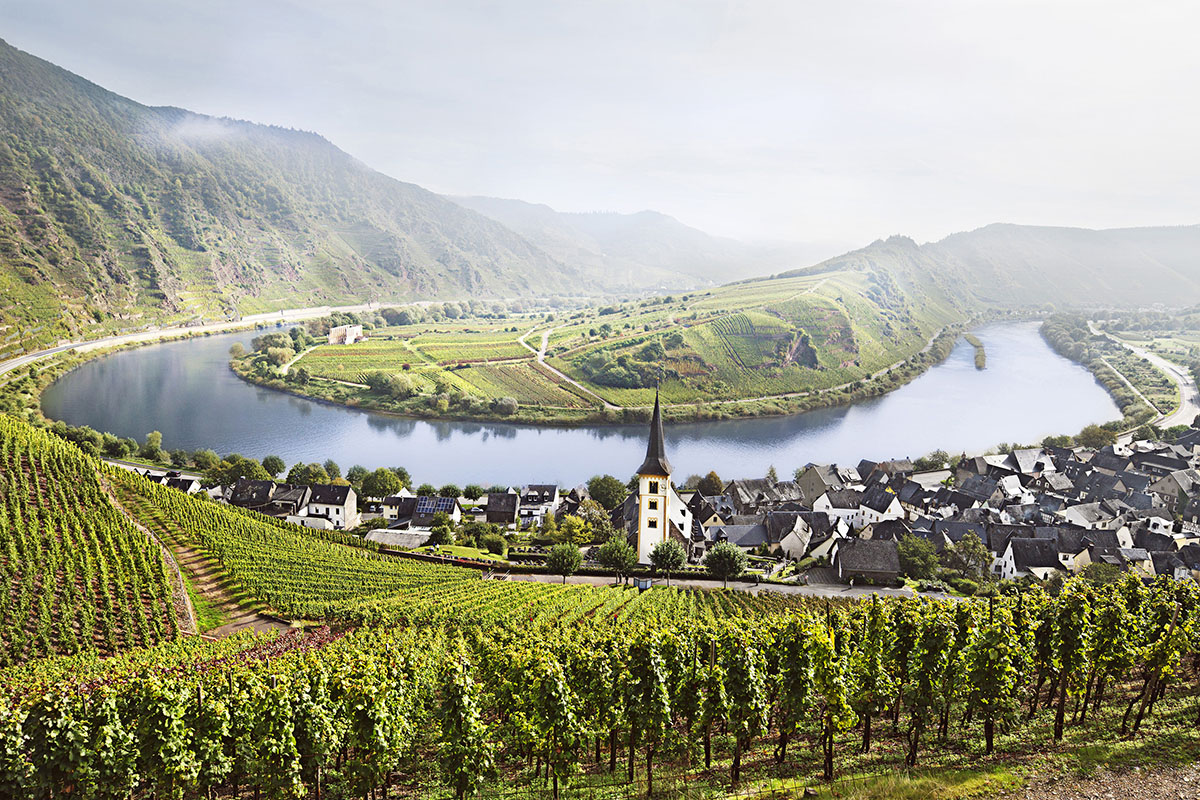
Mosel. Photo: © Deutsches Weininstitut (DWI), www.deutscheweine.de
In the past couple of years, we have all explored and enjoyed our own countries and surroundings more than ever: and this shouldn’t stop just because international air travel is slowly starting to open up. After all, there is so much more to discover – wine hiking trails, for example. On these trails, visitors can discover exquisite local wines, while hiking across lands and taking in some breathtaking views. What’s not to love? With that now at the forefront of your mind, we present to you our top-five wine hiking trails across Germany, Austria and Switzerland.
Are you a wine connoisseur that loves to learn more about individual varieties, their history and how they grow? Or do you simply love the taste of wine? Either way, a hike on a wine trail is well worth it. Not only can you look forward to beautiful scenery and lush natural surroundings, but you can also learn more about the art of winemaking, meet the hardworking people behind the finished product and simply indulge in and learn about wine and other regional culinary highlights. We bring you our top-five wine hiking trails.
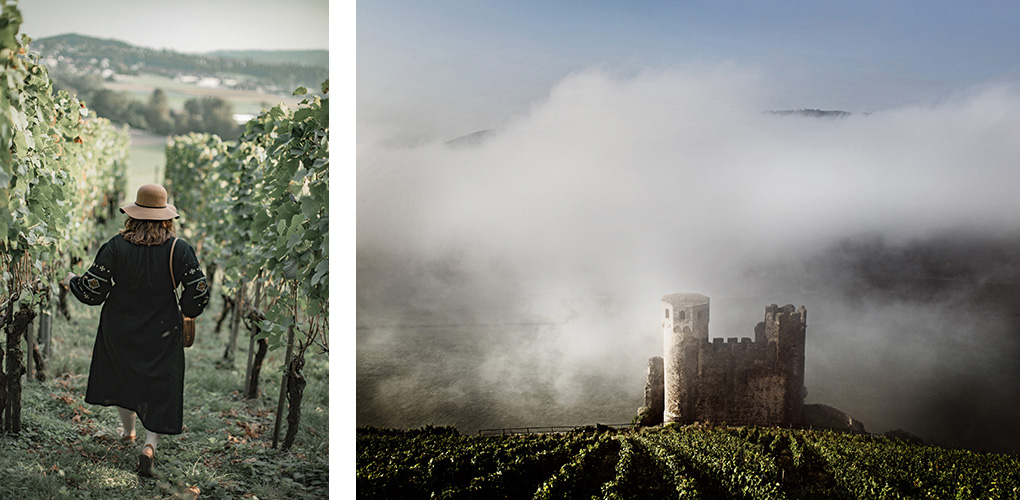
Left: Photo: © Nina Mercado, Unsplash. Right: Rheingau. Photo: © Deutsches Weininstitut (DWI), www.deutscheweine.de
MOSEL HIKE ALONG THE RÖMERSTEIG, GERMANY
20 kilometres in distance, an elevation of 550 metres and a total walking time of 6.5 hours: this hiking trail in Germany is certainly not an easy one. Why is a hike along it worth it though, you may ask? Because this is a hike that will take you back over 2,000 years. Hikers start off in Trittenheim, where they can visit a Laurentius chapel from the 16th century. Along the hiking trail, the Trittenheim Bridge, a burial site from Roman times, slate caves, as well as some excellent views of the Mosel landscape, can all be expected. One particular highlight is Neumagen-Dhron, a town that is often referred to as ‘Germany’s oldest wine town’. Not without reason, too, because around two millennia ago, the Romans, who had one of their castles here, were winegrowers in this very place. We suggest taking a little break at this stage of the hike and visiting one of the cosy restaurants in the town. On the next stretch, you can visit the famous vineyard ‘Piesporter Goldtröpfchen’, where local wines can be tasted and a reconstructed wine press from the fourth century AD can be visited. The hiking trail’s last stretch serpentines up the vineyards, while the ‘Römersteig’ leads hikers over the impressive rock massif of the ‘Moselloreley to Minheim, where the hike ends.
CHEMIN DU VIGNOBLE, SWITZERLAND
Let’s not forget about Switzerland, one of the great wine-producing countries of Europe. One of our favourite wine hikes is the relatively easy Chemin du vignoble. The hike is 13 kilometres long, takes the average hiker around three and a half hours, and guides them on an ascent up 400 metres. One special thing about this wine hike is the plethora of exceptional views over Varen. It is a pure paradise for nature lovers and has something new and exciting to discover all year round. Here’s an interesting fact for you, before you embark on this walk: a quarter of the Pinot Noir produced in the Valais comes from the Leuk, Varen and Salgesch region. This hike is divided into 4 stages: first, you walk from Martigny to Saillon, where you can gaze at the Rhonetal valley and the glistening snow fields of Mont Blanc in the distance. Then, you embark on a journey from Saillon to Sion, a stretch that impresses via steep vineyard terraces and limestone walls. After that, head from Sion to Coteaux de Sierre. And last, but not least, hike towards Leuk-Susten for an unforgettable day being out and about.
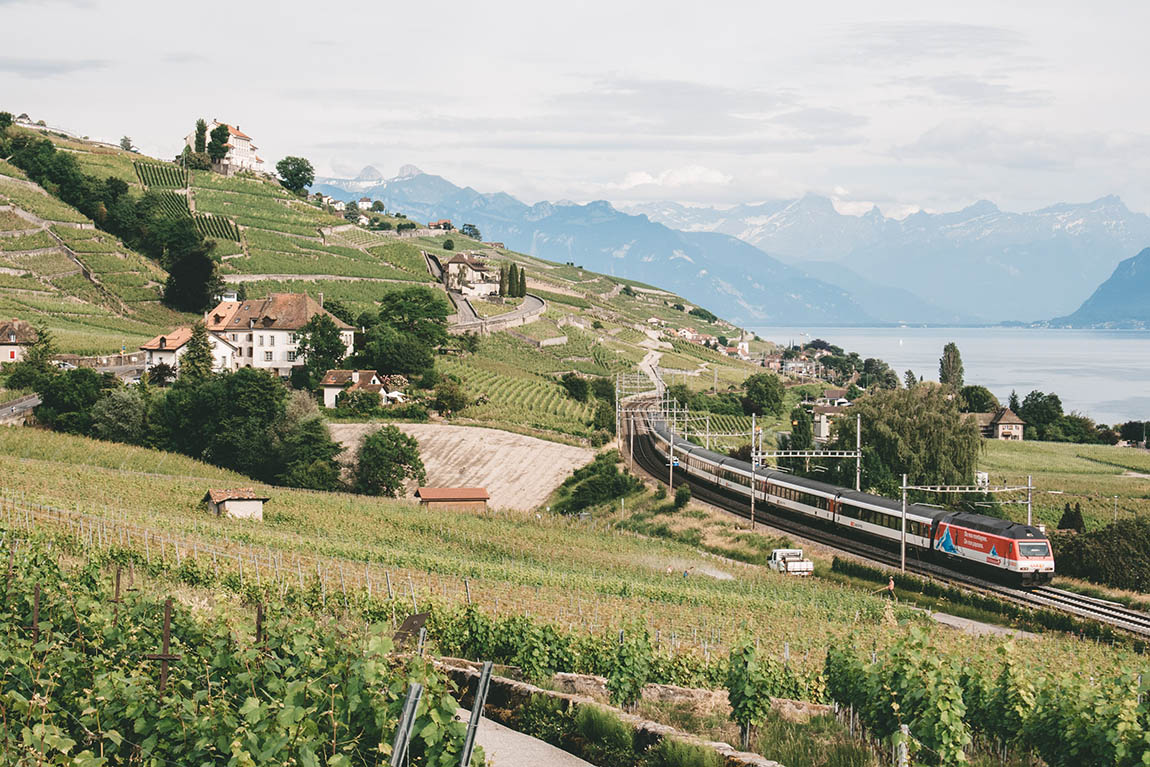
Lutry, Switzerland. Photo: Yura Lytkin, Unsplash
AROUND VIENNA, AUSTRIA
If you happen to be in Vienna, a wine hike is one of the best things to do here to escape the hustle and bustle of the city centre and to indulge in some truly local wines. We suggest hiking from Neustift am Walde to Nussdorf. The ten-kilometre-long walk leads visitors to Sievering, the Wien Cobenzl winery, as well as Grinzing – all legendary locations in the Viennese wine and Heuriger tavern traditions. For those that don’t want to walk a full kilometre, this hike can be shortened, too. Simply start walking at Grinzing, sip some wine and enjoy the breathtaking views across the vineyards and Vienna’s city centre in the valley below.
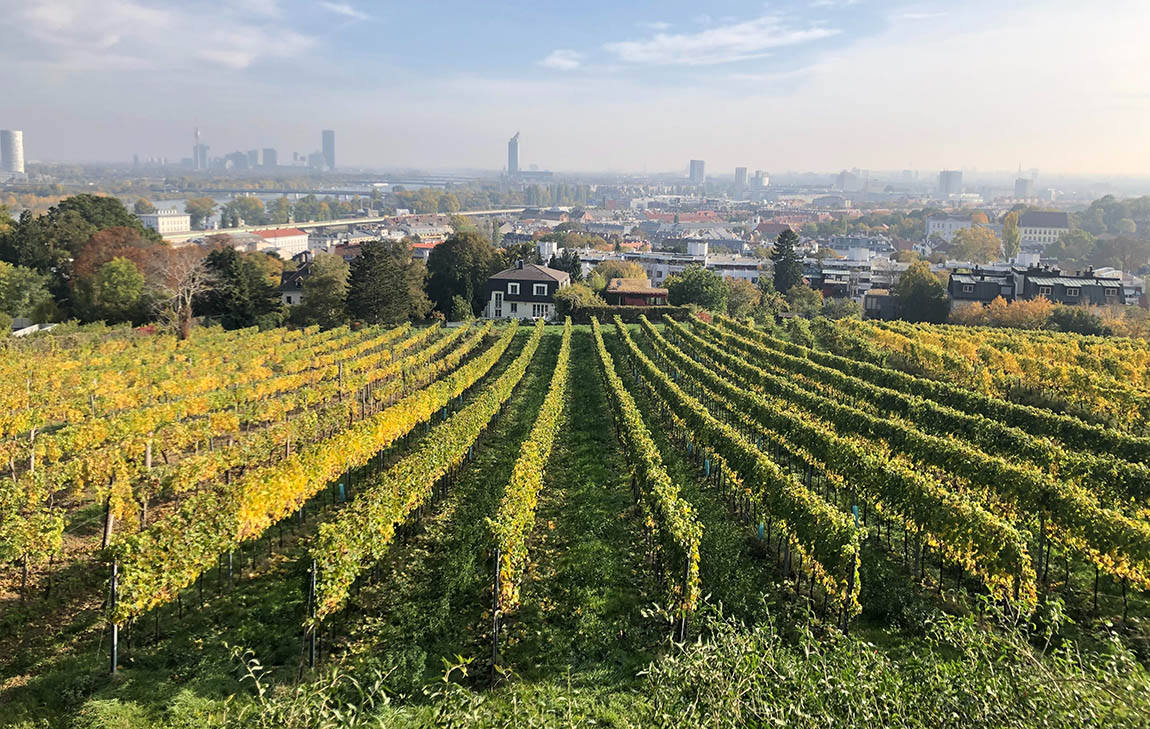
Vienna. Photo: © Arno Senoner, Unsplash
RHEINGAU TO RHEINSTEIG, GERMANY
Here lies another German hike that should not be missed. This is a rather easy walk with a moderate climb of 281 metres in altitude. The 11-kilometre walk starts at Johannisberg, a town legendary for its wine. The ‘Pearl of the Rheingau’ is the birthplace of Spätlese and Auslese, which has been produced here since 1775. It is from here that the fame of the noblest among white wines, Riesling, spread far and wide. The hike first brings you to Eberbach Abbey, then downhill on the Rheinsteig trail to Oestrich-Winkel, a quaint village which is home to the Brentano house. It was built in 1750 and counted Johann Wolfgang von Goethe and the Brothers Grimm as its guests, amongst others. If you have come specifically to taste some wines, head to the fairytale-like Scholl Vollrads wine estate. On the remainder of the Rheinsteig hike, you can expect beautiful, vine-filled landscapes, cute wine villages and more incredible views. One final tip: don’t forget to visit Kloster Eberbach, which was founded by the Cistercian monks in 1136.
TERASSES DE LAVAUX, SWITZERLAND
This very special 11-kilometre-long hike takes visitors on a journey from St. Saphorin to Lutry. It will take around three hours and 15 minutes and will include an ascent of 440 metres. Lavaux is Switzerland’s largest contiguous vineyard region, with 800 hectares covered, making it one of the best areas in the country for a wine hike. Its impressive hillside terraces have even been protected by UNESCO since 2007. Start at St. Saphorin and walk through the town’s narrow alleys and winegrowers’ houses from the 16th and 19th centuries. The town’s original church steeple still adorns many wine labels today. After that, head uphill onto the trail to Lutry. And if your feet are too tired, simply take the ‘Lavaux Express’ or the ‘Lavaux-Panoramic’ train through the World Heritage Site. After you have tried some of the local wines, this might actually be a better idea…
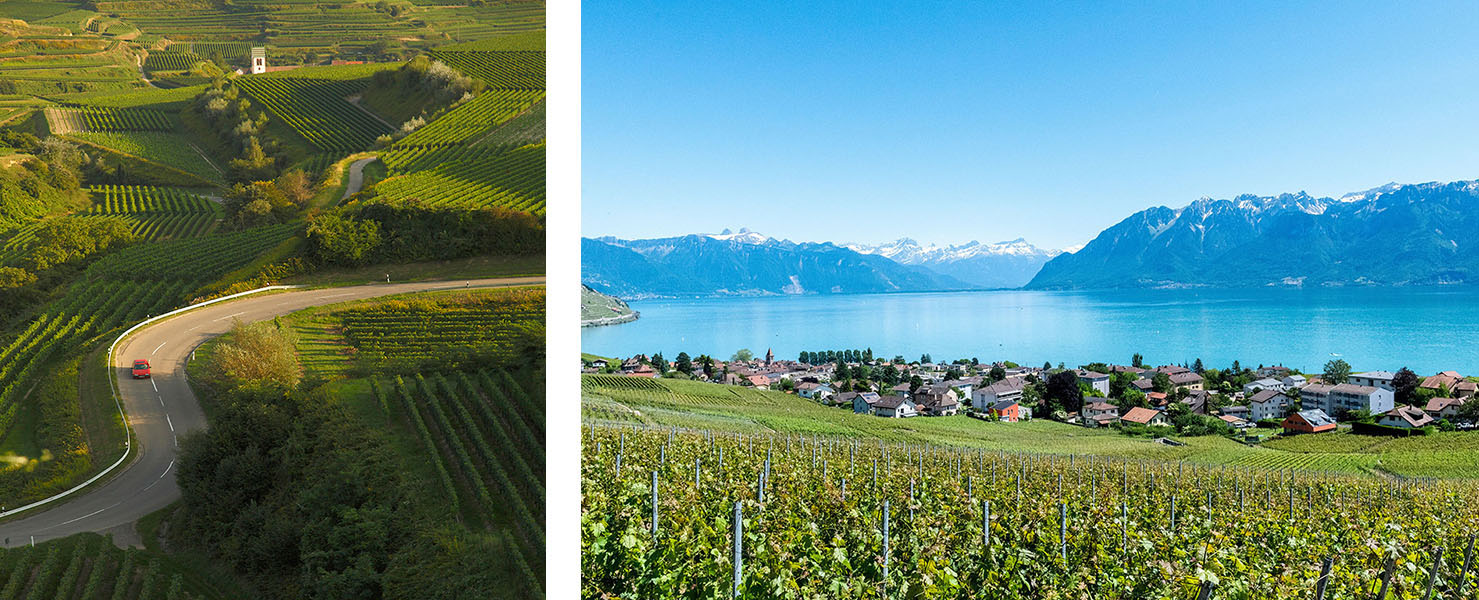
Left: Rheingau. Photo: © Deutsches Weininstitut (DWI), www.deutscheweine.de Right: Lavaux, Switzerland. Photo: Gabriel Garcia Marengo, Unsplash
Subscribe to Our Newsletter
Receive our monthly newsletter by email





